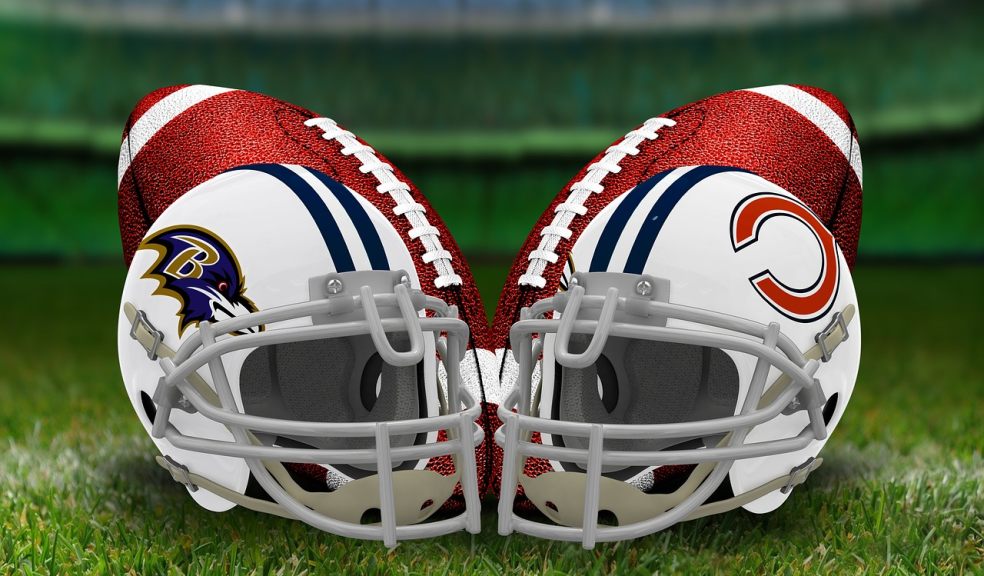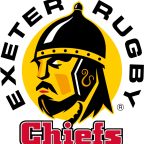
Fantasy football terms to get to know
It’s nearly time for the actual NFL draft, and you might be preparing to start exploring fantasy football for the first time yourself.
If you already love the game of football, fantasy can add a new dimension. There are also some differences you have to understand between fantasy and the actual game to be prepared. For example, running backs end up playing a more important role in fantasy than they might in actual football.
There are also some terms you might not be familiar with as a casual football fan.
Below, we go into the basics of fantasy football and some of the key terms to know.
An Overview of Fantasy Football for Beginners
The core concept of fantasy football is that it’s a math game based on the actual production of NFL players. Every week, you fill out a roster. To complete your roster, you choose your starting players at different positions allowed based on the settings of your league.
The statistics starting players accumulate on the field will contribute to their total of points for the week.
Then, point totals for each of your players in your starting lineup are combined for your weekly score. If you have a higher total than an opponent, who is another member of your league, you win for the week.
The players you don’t start are your bench.
The bench players still score points, but the points don’t go toward your weekly total.
You move through each week like this until you’re at the end of the regular fantasy season. Depending on your league, this could be Week 13 or Week 14.
Then, teams with the best win-loss records enter the fantasy playoffs. Whoever wins the games in the playoffs is the league champion after week 16, although timelines and specifics can vary depending on league rules.
Now, below we go over the terms to know.
Waiver Wire
The waiver wire can have a huge impact on your fantasy season. The feature lets general managers pick up players that weren’t drafted or were dropped by other teams in the league. Since there’s unpredictability in the NFL season and players perform above or below expectations, if you’re a smart general manager, you can fix the mistakes you made in your draft by staying on top of the waivers.
At the end of every week, a general manager makes changes to their team for the upcoming week, and the players dropped go into the waiver wire.
General managers from another team can put in a request to sign one of those players. It gets more complicated if multiple people are trying to sign one of these dropped players.
Waiver order determines which team gets the player. The waiver order at the beginning of the season is based on the draft order, so the last pick in the draft gets the first chance to choose a player.
ADP
ADP stands for Average Draft Position. This is a tool to understand how a player is valued.
ADP is a list of players in the NFL ordered by their average position taken in drafts in fantasy. The average value of a draft position is from a range of multiple drafts.
Using ADP, you can get a view of how a player is valued in the league and also by other fantasy players who draft them.
The ADP rankings aren’t a reflection of the player’s NFL standing.
Auction
An auction league is one where you acquire players through nomination and bidding. It’s a league format. An auction league is an alternative to a draft order. A nomination order is determined, and that stays the same throughout the auction. The order isn’t that relevant because everyone can be involved in the bidding.
Strategy does matter when it comes to nominations, at least somewhat, but all teams can get into the bidding.
Unlike the conventional draft format, with an auction, rosters are filled at different times. A team’s auction usually ends when the entire roster, which includes bench spots, is filled.
Upside
The upside is a term that you hear in almost every conversation taking place in daily fantasy, but it can be relevant to season-long fantasy too.
Upside means the potential a player has.
Value
Value can be a subjective term in fantasy football. Everyone’s going to have their own variation of how they define and understand the value.
The most general way to describe it is that you feel like you’re getting a good deal, or you’re getting more than what you paid for.
Player Status Abbreviations
There are a lot of abbreviations in fantasy football. Ones that are commonly used and relate especially to the status of a player include:
- D—doubtful that they’ll play
- IR—injured reserve, unlikely to play the remainder of the season
- IR-R—injured reserve who might come back after eight weeks
- GTD—decision made at game time
- NA—not active
- O—out and not playing in the next game
- P—most likely playing the next game
- PUP—physically unable to perform, meaning the player won’t play for a minimum of six weeks
- Q—questionable, indicating a medium likelihood of playing
- SSPD/SUSP—suspended
League and Scoring Formats
Some of the league and scoring-related terminology you’re likely to run into in fantasy include:
- Daily fantasy—this is a week-long contest. Players choose lineup just for a week rather than a full season. The leagues usually follow a salary cap, with each player being valued according to past performance and their future projected performance.
- Half-PPP—this scoring format is half-point per reception. These leagues give ½ point for receptions.
- Keeper—refers to a dynasty league, but sometimes it’s also used to refer to a certain player being kept.
- Redraft—this is the standard fantasy league that goes for one season, with no players being carried over. It’s the opposite of a keeper league.
- PPR—in a Points Per Reception league, the leagues award one point per reception and then, other than that, follow standard scoring formats.
There are many other terms that become relevant in fantasy, as you’ll find out when you get started, but these give you a jumping-off point to understand more of what you need to know.



















